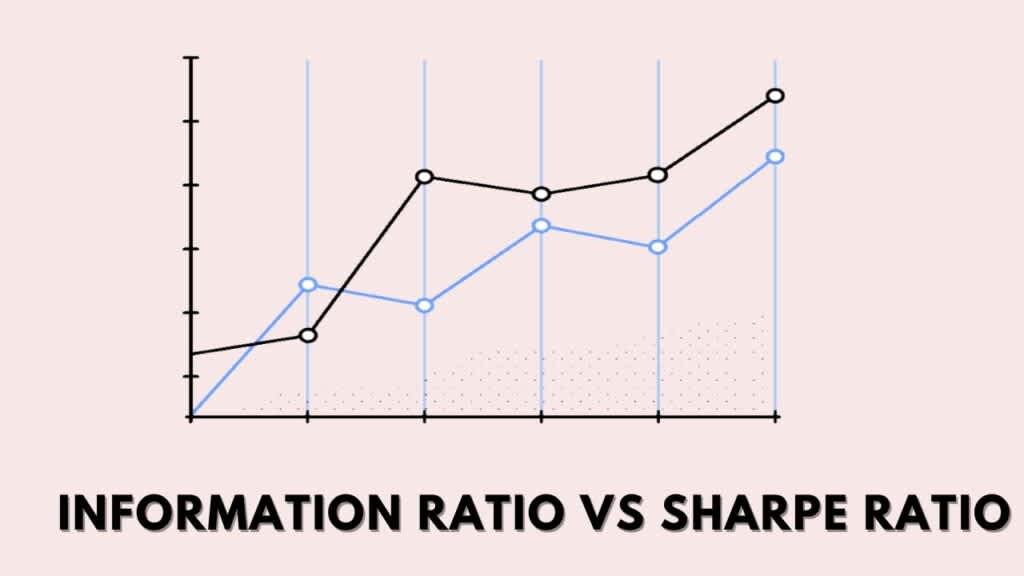Strangle: Be cautious using this option strategy.(with example)
Options Trading
What is a Strangle?
In trading, a strangle is an options trading strategy that involves buying or selling a call option and a put option with different strike prices, but with the same expiration date. The buyer or seller profits from significant price movements in the underlying asset, regardless of whether it moves up or down. A long strangle involves buying both a call and a put, anticipating a substantial price swing, while a short strangle involves selling both options, betting on minimal price movement within a certain range. Traders use strangles when they expect high volatility but are uncertain about the direction of the price change. The strategy offers potential profits if the market makes a significant move, but it comes with the risk of losing the premiums paid for the options if the price remains relatively stable.
In simple words, A strangle is like playing a guessing game in the stock market. You buy a call option betting the stock will go up and a put option betting it will go down. It's a way to profit from a big move, but you're not choosing a direction. For example, if a stock is at $100, you might buy a call with a $110 strike price and a put with a $90 strike price, both expiring in a month. If the stock makes a significant move above $110 or below $90, you can make money. However, if it stays between those prices, you might lose the option costs. It's a strategy for expecting volatility without predicting the exact direction
Types of Strangles
A strangle is an options trading strategy that operates on the expectation of significant price movement in an underlying asset, without predicting the direction of the movement. There are two primary types of strangles:
Long Strangle:
In a long strangle, an investor simultaneously buys an out-of-the-money call option (with a strike price higher than the current market price) and an out-of-the-money put option (with a strike price lower than the current market price).
The idea is to profit from a substantial price move in either direction. If the asset's price goes up, the call option may become profitable, and if it goes down, the put option may yield gains.
The risk is limited to the total premium paid for both options, making it a strategy with defined risk and unlimited profit potential.
Short Strangle:
In a short strangle, the investor sells both an out-of-the-money put option and an out-of-the-money call option simultaneously.
This strategy is more neutral, expecting the underlying asset to trade within a specific price range between the breakeven points.
The maximum profit is the net premium received for selling both options, but the risk is unlimited if the asset's price moves significantly in either direction.
It's a strategy suited for stable market conditions with limited price fluctuations.
Example of a Strangle
Let’s understand better with the help of an example of a strangle using a fictional stock, ABC Inc., which is currently trading at $100.
Long Strangle:
An investor anticipates a major price movement in ABC Inc. due to an upcoming earnings announcement but is uncertain about the direction.
They decide to enter a long strangle by buying an out-of-the-money call option with a strike price of $110 and an out-of-the-money put option with a strike price of $90, both expiring in one month.
If ABC Inc. experiences a substantial price increase after the earnings report, the call option could become profitable. Similarly, if there's a significant decrease, the put option could yield gains.
The risk is limited to the total premium paid for both options. If the stock price remains between $90 and $110, the investor might incur losses equal to the cost of the options.
Short Strangle:
Another investor believes that ABC Inc. is likely to trade within a narrow range after the earnings announcement due to market stability.
They execute a short strangle by selling an out-of-the-money put option with a strike price of $95 and an out-of-the-money call option with a strike price of $105, both expiring in one month.
This investor collects a premium for selling both options. If the stock price stays between $95 and $105 until expiration, they can keep the premium as their profit.
However, the risk is unlimited if the stock makes a significant move beyond the breakeven points.
In both scenarios, the strangle strategy provides a way for investors to potentially profit from expected volatility while accommodating uncertainty about the specific direction of the price movement. The effectiveness of the strangle would depend on the actual price movement of ABC Inc. after the earnings announcement.


